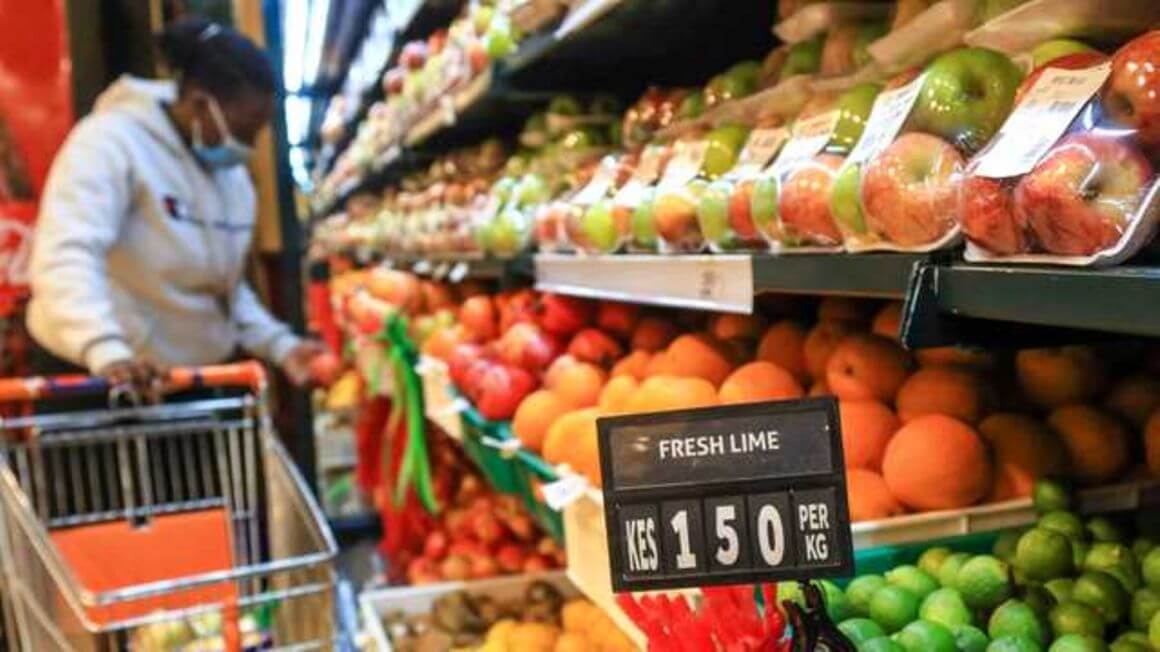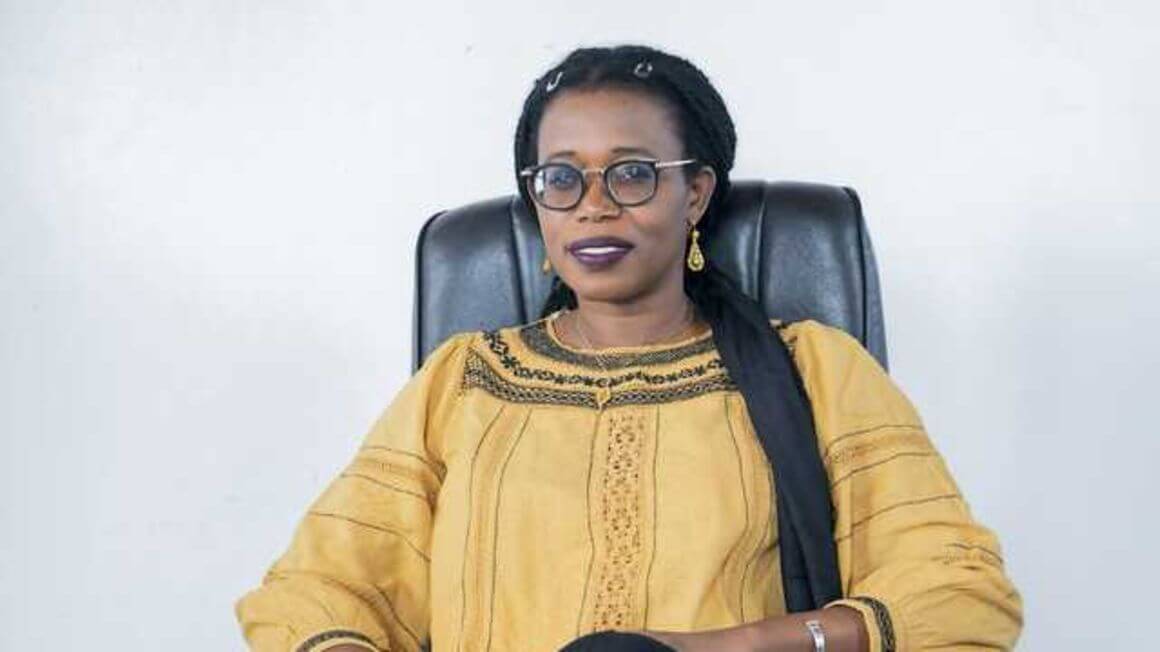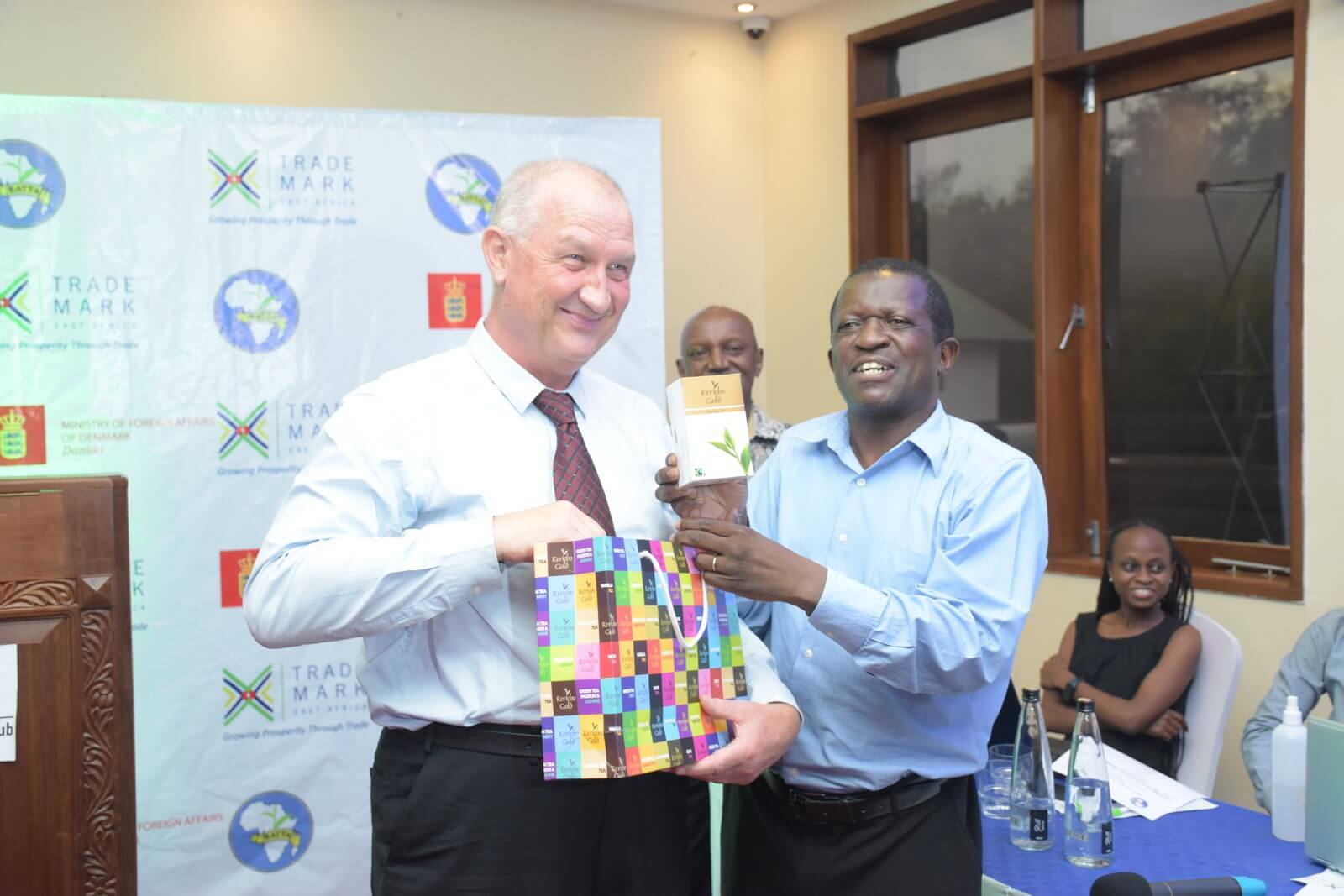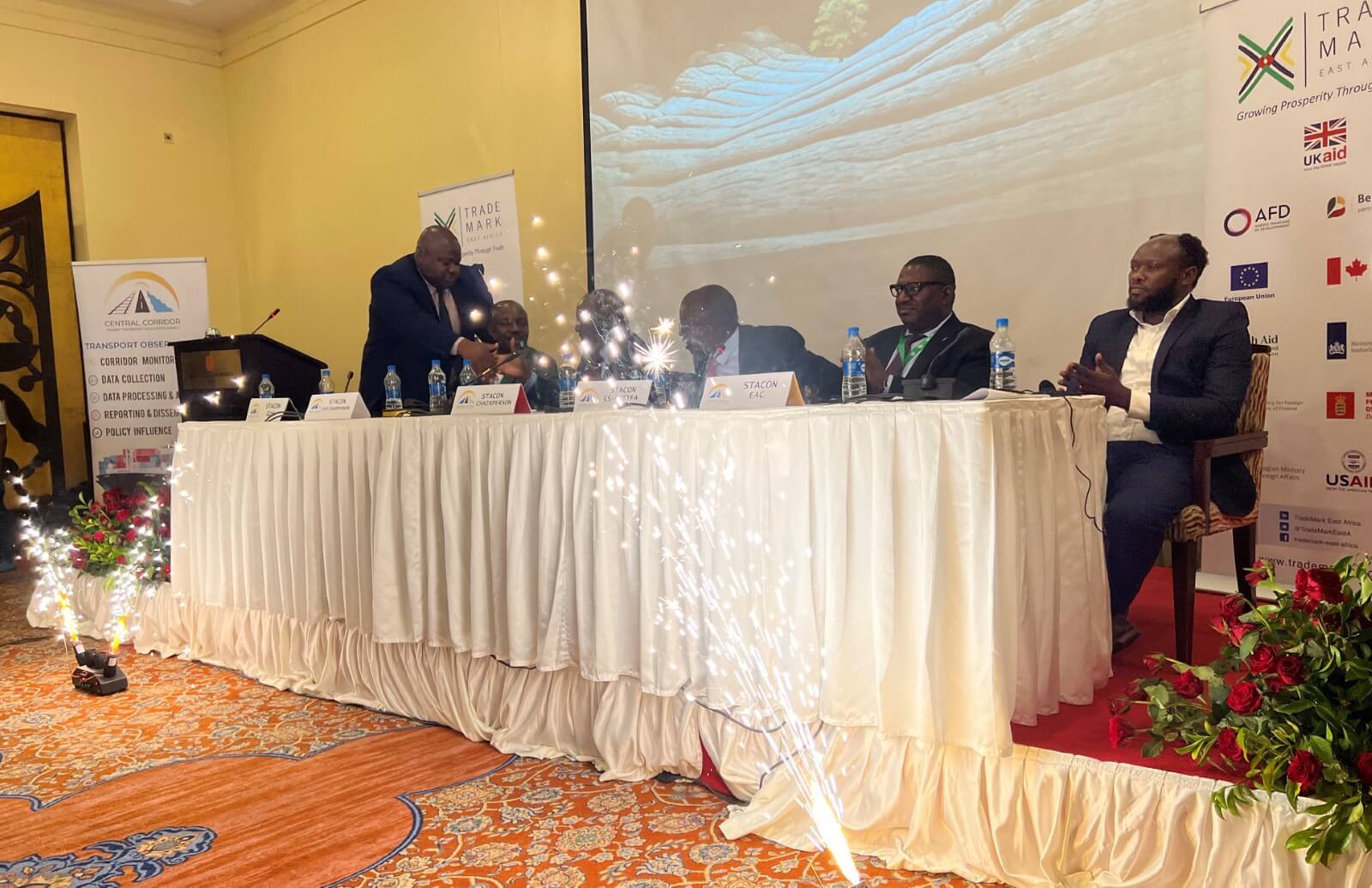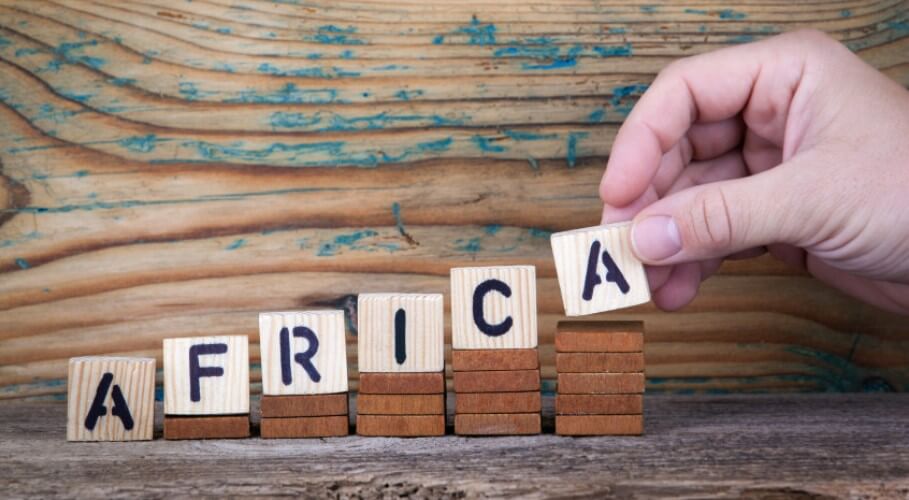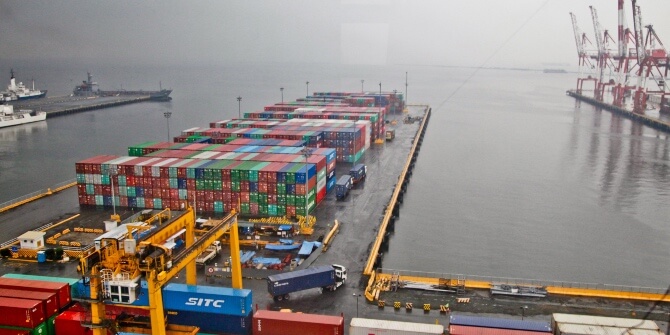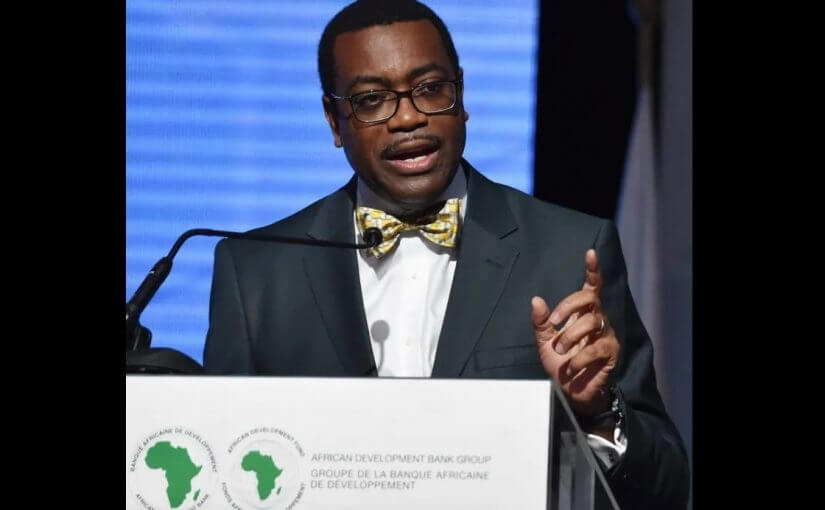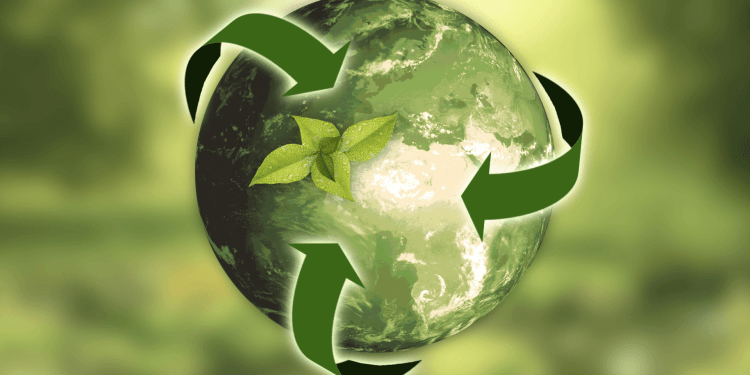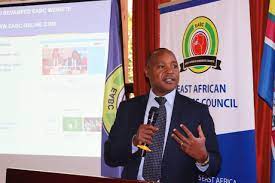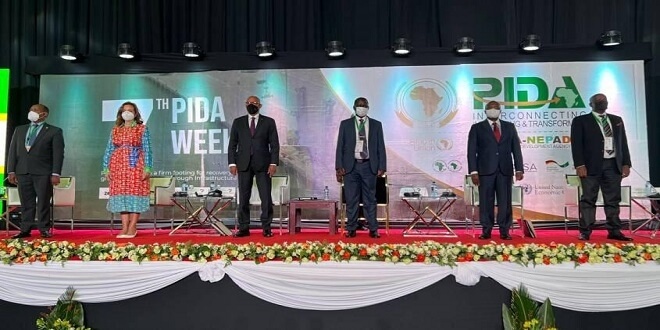Summary Report suggests that the impacts of the Russia-Ukraine war on African economies should be negligible, because of “limited trade exposure”. Countries rich in metal and mineral resources like DR Congo and Zambia are expected to grow by 4.8 percent in the next two years, as metal prices surge due to increased demand. East Africa and southern Africa are expected to register the highest growth, which the World Bank says is because it is “characterised by a diversified economy that is more integrated than other regions in sub-Saharan Africa”. Africa’s economic growth is projected to drop to 3.4 percent this year, down 0.6 percentage points from the four percent growth recorded in 2021, due to new macroeconomic shocks. The latest Africa Pulse report, a biannual analysis of Africa’s macroeconomic outlook by the World Bank, released on Wednesday, said inflation and higher costs of living contribute to the decline. According to the report, the decrease is from economic shocks including effects of new Covid-19 variants, inflation, supply disruptions, rising public debt, climate shocks and a general slowdown in the global economy, especially in the US and China. “The slowdown in growth reflects challenges facing Africa prior to the Ukraine crisis, but have been exacerbated by the war,” said Albert Zeufack, the World Bank’s chief economist for Africa. The report suggests that the impacts of the Russia-Ukraine war on African economies should be negligible, because of “limited trade exposure”. “Resource-rich countries, especially their extractive sectors, will see improved economic performance due to...
World Bank projects Africa growth to drop to 3.4pc
Posted on: April 19, 2022
Posted on: April 19, 2022

